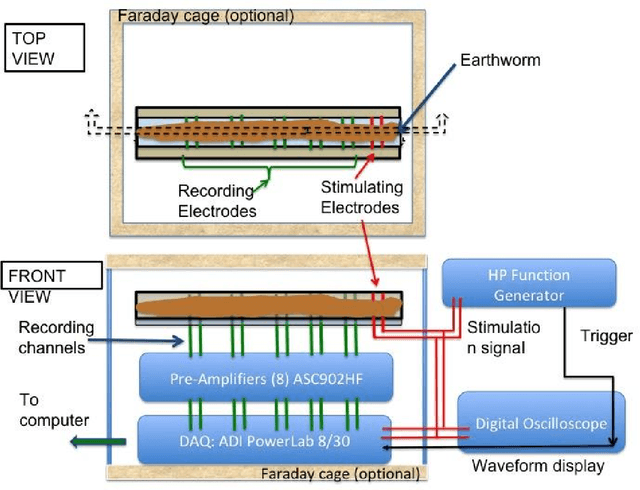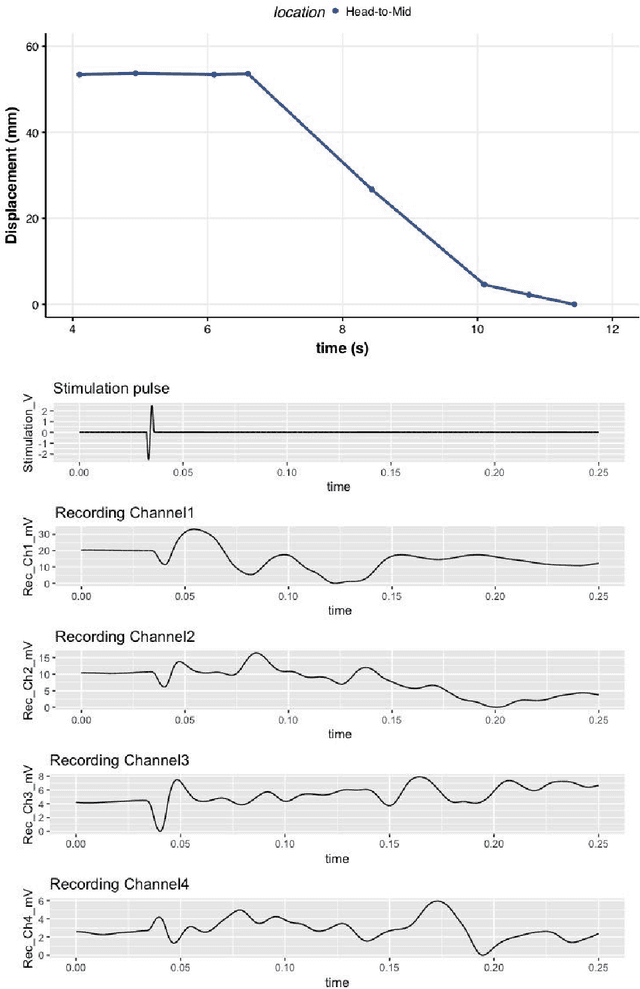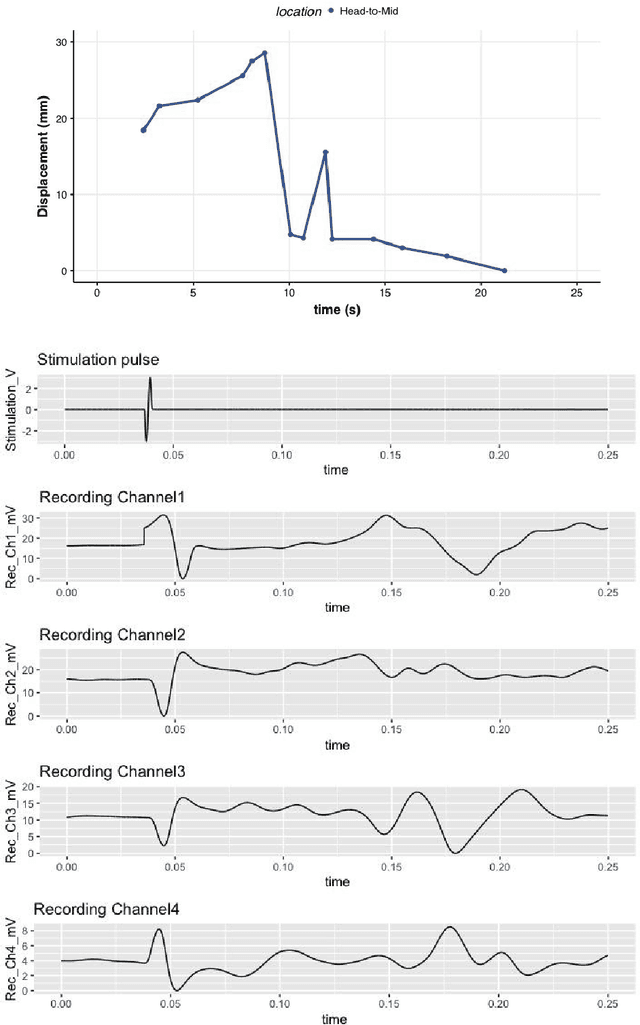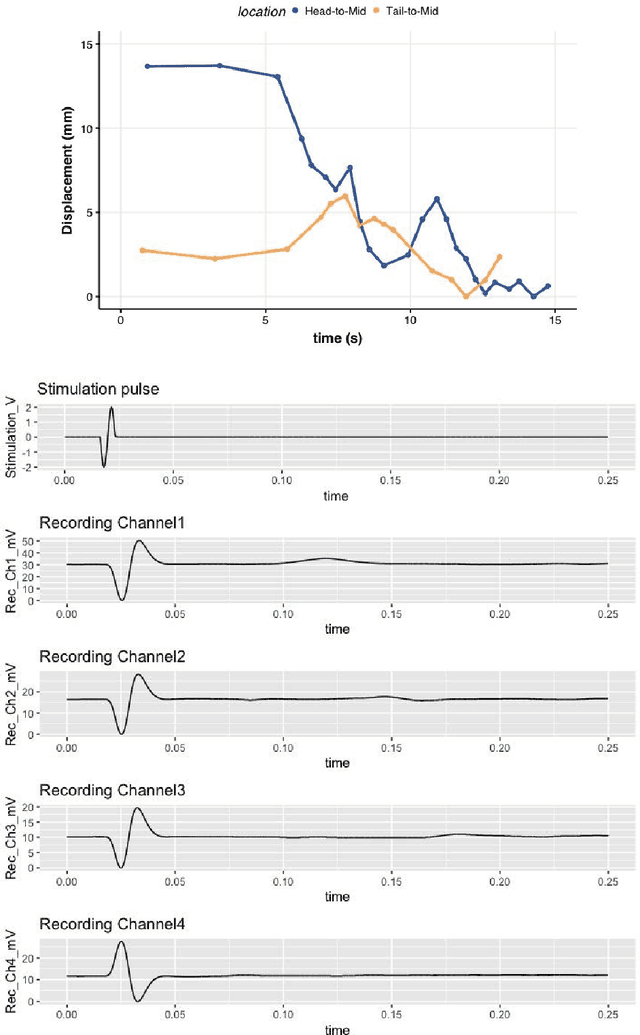Dhruv Pai
Is Model Collapse Inevitable? Breaking the Curse of Recursion by Accumulating Real and Synthetic Data
Apr 01, 2024Abstract:The proliferation of generative models, combined with pretraining on web-scale data, raises a timely question: what happens when these models are trained on their own generated outputs? Recent investigations into model-data feedback loops discovered that such loops can lead to model collapse, a phenomenon where performance progressively degrades with each model-fitting iteration until the latest model becomes useless. However, several recent papers studying model collapse assumed that new data replace old data over time rather than assuming data accumulate over time. In this paper, we compare these two settings and show that accumulating data prevents model collapse. We begin by studying an analytically tractable setup in which a sequence of linear models are fit to the previous models' predictions. Previous work showed if data are replaced, the test error increases linearly with the number of model-fitting iterations; we extend this result by proving that if data instead accumulate, the test error has a finite upper bound independent of the number of iterations. We next empirically test whether accumulating data similarly prevents model collapse by pretraining sequences of language models on text corpora. We confirm that replacing data does indeed cause model collapse, then demonstrate that accumulating data prevents model collapse; these results hold across a range of model sizes, architectures and hyperparameters. We further show that similar results hold for other deep generative models on real data: diffusion models for molecule generation and variational autoencoders for image generation. Our work provides consistent theoretical and empirical evidence that data accumulation mitigates model collapse.
Bridging Associative Memory and Probabilistic Modeling
Feb 15, 2024Abstract:Associative memory and probabilistic modeling are two fundamental topics in artificial intelligence. The first studies recurrent neural networks designed to denoise, complete and retrieve data, whereas the second studies learning and sampling from probability distributions. Based on the observation that associative memory's energy functions can be seen as probabilistic modeling's negative log likelihoods, we build a bridge between the two that enables useful flow of ideas in both directions. We showcase four examples: First, we propose new energy-based models that flexibly adapt their energy functions to new in-context datasets, an approach we term \textit{in-context learning of energy functions}. Second, we propose two new associative memory models: one that dynamically creates new memories as necessitated by the training data using Bayesian nonparametrics, and another that explicitly computes proportional memory assignments using the evidence lower bound. Third, using tools from associative memory, we analytically and numerically characterize the memory capacity of Gaussian kernel density estimators, a widespread tool in probababilistic modeling. Fourth, we study a widespread implementation choice in transformers -- normalization followed by self attention -- to show it performs clustering on the hypersphere. Altogether, this work urges further exchange of useful ideas between these two continents of artificial intelligence.
Deceptive Alignment Monitoring
Jul 26, 2023Abstract:As the capabilities of large machine learning models continue to grow, and as the autonomy afforded to such models continues to expand, the spectre of a new adversary looms: the models themselves. The threat that a model might behave in a seemingly reasonable manner, while secretly and subtly modifying its behavior for ulterior reasons is often referred to as deceptive alignment in the AI Safety & Alignment communities. Consequently, we call this new direction Deceptive Alignment Monitoring. In this work, we identify emerging directions in diverse machine learning subfields that we believe will become increasingly important and intertwined in the near future for deceptive alignment monitoring, and we argue that advances in these fields present both long-term challenges and new research opportunities. We conclude by advocating for greater involvement by the adversarial machine learning community in these emerging directions.
FACADE: A Framework for Adversarial Circuit Anomaly Detection and Evaluation
Jul 20, 2023
Abstract:We present FACADE, a novel probabilistic and geometric framework designed for unsupervised mechanistic anomaly detection in deep neural networks. Its primary goal is advancing the understanding and mitigation of adversarial attacks. FACADE aims to generate probabilistic distributions over circuits, which provide critical insights to their contribution to changes in the manifold properties of pseudo-classes, or high-dimensional modes in activation space, yielding a powerful tool for uncovering and combating adversarial attacks. Our approach seeks to improve model robustness, enhance scalable model oversight, and demonstrates promising applications in real-world deployment settings.
The impact of varying electrical stimulation parameters on neuromuscular response
Dec 03, 2021



Abstract:High density neurostimulation systems are coming to market to help spinal cord injury patients by stimulating and recording neuromuscular function. However, the parameter space that these systems have to explore is exceedingly large, and would need an artificial intelligence (AI) system to optimize. We need a platform that will allow us to determine the optimal parameter space for these systems. Our project aims to build a platform for mapping and controlling neuromuscular activity, as a high-throughput testbed for implementing and testing closed-loop neuromuscular activity. This abstract presents the first phase (the mapping phase) of building that testbed by combining multi-electrode stimulation/recording with visual motion-tracking. A 3D-printed rectangular raceway was used with 4 pairs of differential recording electrodes, and two stimulation electrodes embedded in the raceway bed. Non-anesthetized earthworms were placed on the raceway with their head section on the stimulating electrodes. Bipolar sinusoidal stimulation pulses of a range of voltages (2 to 6Vp-p), pulse durations (2 ms to 6.7 ms), and a burst rate of 1 pulse per second were applied, and action potentials and physical motion were recorded and analyzed. Action potentials were found to correlate with expansion/contraction displacements of worm segments, and voltage increases were shown to increase action potential propagation amplitude. Using the multiple electrode recording allowed us to capture the wave propagation of action potential pulse over the length of the worm. Feasibility of a platform to simultaneously monitor action potentials and motion of earthworms with real-time mapping was demonstrated.
 Add to Chrome
Add to Chrome Add to Firefox
Add to Firefox Add to Edge
Add to Edge